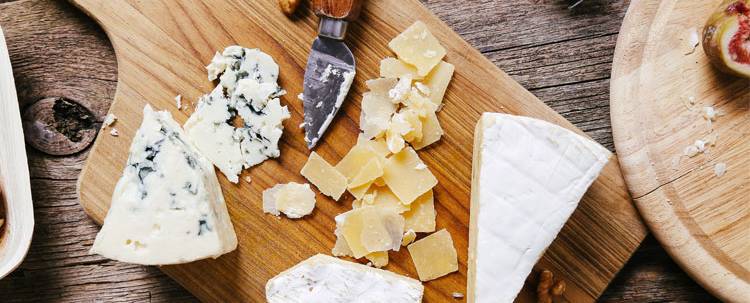Ten facts you never knew about Pizza
It is probably the most widely-eaten dish on the planet. A simple recipe (flour, water, oil, salt, yeast, tomato and cheese), to which you can add almost anything. The humble pizza has saved many an impromptu dinner and has made working overtime in the office much more bearable.
TRIED AND TESTED
Share

The pizza has long since gone from being a part ofItalian cuisine to becoming a universally loved food. But, although we think weknow everything about it, there are certain things that we do not know aboutthis dish, which has moved from being just a food to becoming a socialphenomenon
• Pizza, as we know it today, originated in Naples between the seventeenth and eighteenth centuries, although there are references in Roman and Greek literature to similar dishes. Marco Gavio Apicius, to whom is attributed the only Roman cookbook that has been preserved until today, mentions the production of flat bread that was accompanied on its surface by olive oil, parsley and oregano...
• The tomato was not known in Italy until the middle of the 16th century, when the Spaniards brought it from America. For many years it was not consumed because it was thought to be poisonous. At the end of the eighteenth century, in poorer areas of the suburbs of Naples, tomato was added to flat bread made with yeast. Some historians believe that the appearance of the tomato is due to the pizza sellers wanting to compete with the spaghetti makers, who were already using tomatoes in their dishes. This was the origin of the modern pizza.
• It is believed that the word pizza comes from pinsa, past participle of the Latin verb pinsere, which means 'to crush', 'to press', or squash, and which refers to making pizza dough.
Pizza is the most widely-consumed dish in the world, even beating its eternal rival, the hamburger.
• The origin of the famous Margarita pizza is well known. They say that in 1889, chef Raffaele Esposito of the Pizzeria Brandi created the pizza Margarita to honour the queen of Italy, Margarita of Savoy. The chef seasoned the pizza with tomato, mozzarella and basil, to represent the colours of the Italian flag.
• Italian immigrants who settled around the world in the early 20th century were responsible for pizza spreading as it did. Thanks to them, today we can eat pizza even in the most out of the way places on the planet. After World War II, pizza started to become more popular outside the colonies of Italian immigrants, especially in the United States.

•The world's longest pizza was prepared in 2016 in Naples and broke the Guinness book of records. It measured 1.8 kilometres and required 2,000 kg of flour, 1,600 kg of tomatoes, 2,000 kg of Fior di Latte cheese and 200 litres of olive oil. It was made by 100 cooks.
• Although traditionally pizza has been an economical dish, this is not the case for pizza Luigi XII. Created by chef Renato Viola, it costs around 8,300 euros. It is made with organic flour, Australian rose salt, lobster, three types of caviar, eight types of cheese, cognac, and so on. The pizza is made at the customer's house and is accompanied by a bottle of champagne Clos du Pensil 1995 Krug which costs one 1,000 euros. The pizza, at least, is for two.
• Pizza is the most widely-consumed dish in the world, even beating its eternal rival, the hamburger. It is estimated that 5 billion pizzas per day are sold worldwide. The United States is the country with the most pizzerias, 66,000 in total. This dish of Italian origin is such a part of their culture that they even have National Pizza Day, which is celebrated on 9 February.
• Italian scientists say eating pizza helps prevent cancer. Apparently, the secret is lycopene, an antioxidant chemical in tomatoes that protects against cancer and is responsible for their red colour. Apparently, the effectiveness increases if the tomato is cooked and accompanied with olive oil and cheese.
• NASA has just announced the creation of a 3D pizza printer that could be present in upcoming special missions. Four years ago, the US agency announced that they were working on making it, and now the first prototype has come to light. The printer can prepare the food in layers in about five minutes. NASA has chosen the pizza because when preparing by layers, it is an ideal food for this type of machines.
"

How to prepare a perfect cheese board
Everything about the different varieties, the accompaniment and the presentation
How to prepare a perfect cheese board






